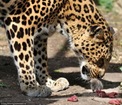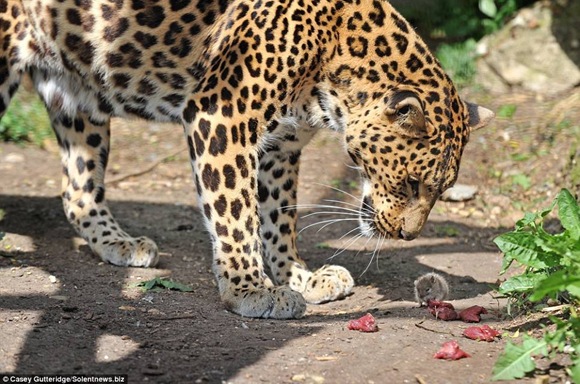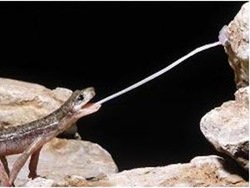
We all know chameleons, especially for some of their performances, like
the ability of changing color or for their special hunting technique.
While the ability of changing color is not so singular
in the animal world (many fishes, cephalopods like octopuses and squids,
or even other lizards have it), their technique of projecting an
enormously long sticky tongue is regarded by many as very specific.
That's wrong, as exactly the same method of catching prey is employed by a group of salamanders from the Americas.
Moreover,
a new research at University of South Florida found an unusual record
for these animals: the giant palm salamander of Central America shoots
out its tongue with the fastest speed developed by any known muscle in
the animal world.
The species, Bolitoglossa dofleini,
can shoot out its tongue at 18,000 watts of power per muscular kilogram,
about twice more than the power output broken out by the previous
record detainer, the Colorado River toad Bufo alvarius.
Bolitoglossa
extends its tongue (which measures more than half of its body length)
in about 7 milliseconds, 50 times faster than an eye blink. The research
team employed high-speed video cameras and electrodes implanted in the
salamanders' tongue muscles to check the animals' performances as they
hunted live crickets.
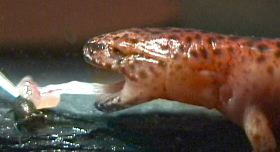
The fact that the tongues were propelled outward much faster than by
sheer muscle contraction made the researchers suppose there must be an
unknown elastic tissue connected to the salamander's tongue that stores
up the energy amounts required by the explosive projection.
The
process can be compared to the stretching and shooting of a rubber
band: the recoil occurs faster than the act of releasing a rubber band
pulled taut. "The amount of energy doesn't change; it's just released
faster," said lead researcher Stephen Deban.
Tongue-launching
systems found in other species is formed by three components: a motor
to produce energy, a spring to store it and a latch to control the
unloading of the spring, but by now only the motor in the salamander
system has been found. "What remains to be discovered are the anatomical
structures that make up the spring and the latch" said Deban.
Source
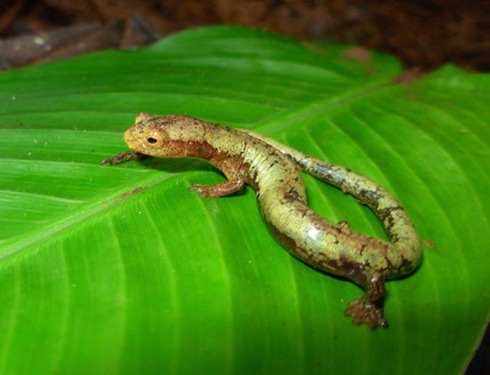
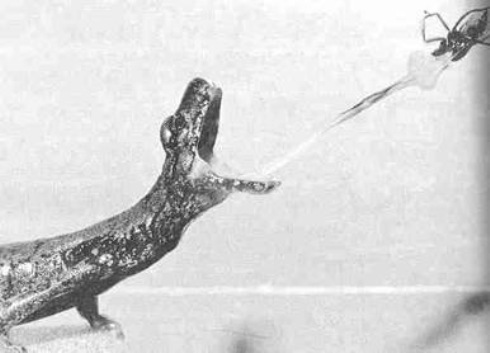












 The Ostrich, Struthio camelus, is a large flightless bird
The Ostrich, Struthio camelus, is a large flightless bird  According to the UK’s Daily Mail,
According to the UK’s Daily Mail,  Titanoboa was 13m (42ft) long - about the length of a bus - and lived in the rainforest of north-east Colombia 58-60 million years ago.
Titanoboa was 13m (42ft) long - about the length of a bus - and lived in the rainforest of north-east Colombia 58-60 million years ago. 





 The chicken-sized species that make up the kiwi
family Apterygidae exhibit many unusual traits. The wings are tiny and
hidden within the soft, hairlike, gray-brown plumage, and the nostrils
are located at the tip of the long flexible bill (rather than at the
base, as with most birds). The legs are stout and muscular, with a large
claw on each of the four toes. Kiwi are solitary and nocturnal; they
live in the forests of New Zealand, sleeping in burrows during the day
and foraging at night for worms, insects, and berries.
The chicken-sized species that make up the kiwi
family Apterygidae exhibit many unusual traits. The wings are tiny and
hidden within the soft, hairlike, gray-brown plumage, and the nostrils
are located at the tip of the long flexible bill (rather than at the
base, as with most birds). The legs are stout and muscular, with a large
claw on each of the four toes. Kiwi are solitary and nocturnal; they
live in the forests of New Zealand, sleeping in burrows during the day
and foraging at night for worms, insects, and berries.
 The Wandering Albatross, Snowy Albatross, or White-winged Albatross,
Diomedea exulans, is a large seabird from the family Diomedeidae which
has a circumpolar range in the Southern Ocean. It was the first species
of albatross to be described, and was long considered the same species
as the Tristan Albatross and the Antipodean Albatross. In fact, a few
authors still consider them all subspecies of the same species. The SACC
has a proposal on the table to split this species, and BirdLife
International has already split it. Together with the Amsterdam
Albatross it forms the Wandering Albatross species complex.
The Wandering Albatross, Snowy Albatross, or White-winged Albatross,
Diomedea exulans, is a large seabird from the family Diomedeidae which
has a circumpolar range in the Southern Ocean. It was the first species
of albatross to be described, and was long considered the same species
as the Tristan Albatross and the Antipodean Albatross. In fact, a few
authors still consider them all subspecies of the same species. The SACC
has a proposal on the table to split this species, and BirdLife
International has already split it. Together with the Amsterdam
Albatross it forms the Wandering Albatross species complex.
 If there are any large dogs that are well known in the world, Zorba is probably one of them. Zorba is an English Mastiff from the UK that made the
If there are any large dogs that are well known in the world, Zorba is probably one of them. Zorba is an English Mastiff from the UK that made the 


 Hercules is a 900-pound-heavy, 6-feet-tall and 12-feet-long liger who holds the Guinness World Record for the largest cat.
Hercules is a 900-pound-heavy, 6-feet-tall and 12-feet-long liger who holds the Guinness World Record for the largest cat.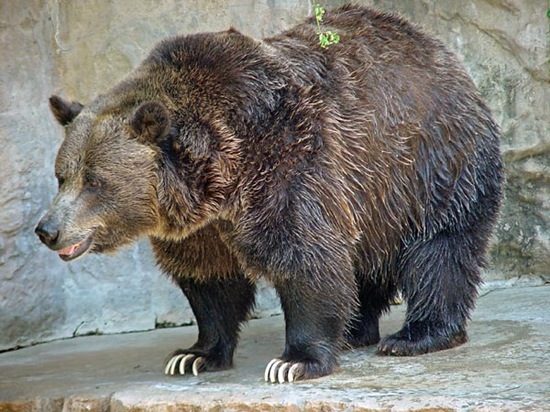
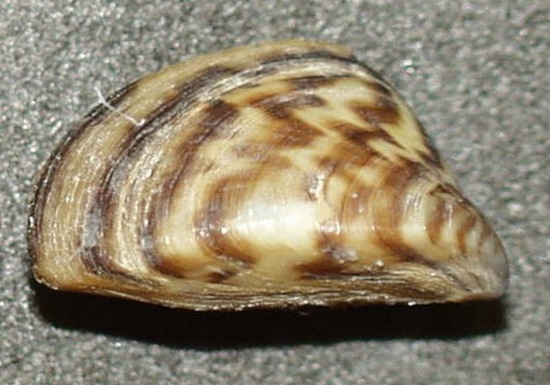
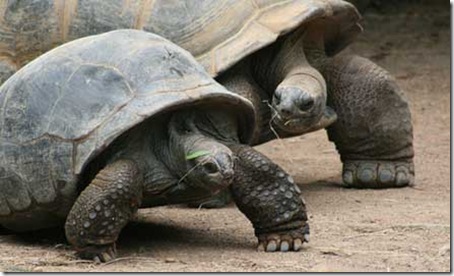

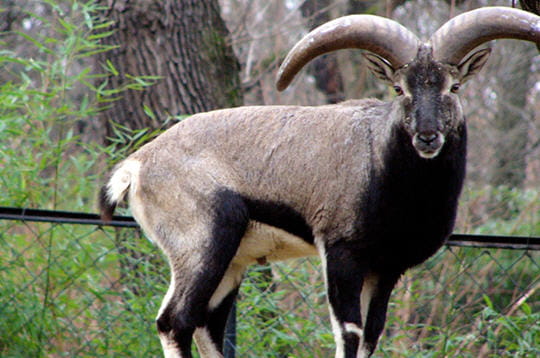 They live in Himalayan and one of the best jumpers among animals.
They’re adapted to jump from cliff to cliff and hill to hill.
They live in Himalayan and one of the best jumpers among animals.
They’re adapted to jump from cliff to cliff and hill to hill.  They are one of fastest animals which have great ability to jump. They can run up to 45 mph or 72 km/hour, hard to get caught by predators.
They are one of fastest animals which have great ability to jump. They can run up to 45 mph or 72 km/hour, hard to get caught by predators.  They are fastest jumper among all mammals. They can jump with speed up to 35 mph or 56 km/hour.
They are fastest jumper among all mammals. They can jump with speed up to 35 mph or 56 km/hour. They can jump 20 times their own body length. Imagine a person who can jump as long as basketball court.
They can jump 20 times their own body length. Imagine a person who can jump as long as basketball court.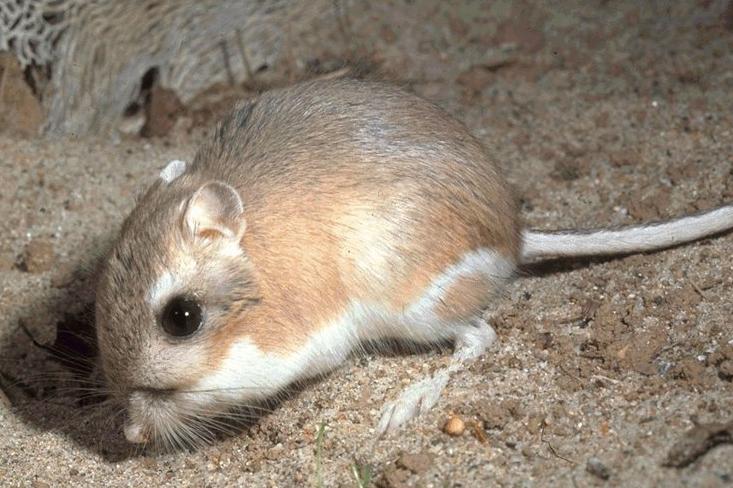 They can 45 times their own body length. Imagine a person who can jump
over a football court. They are longest jumper among all mammals
compared to body size.
They can 45 times their own body length. Imagine a person who can jump
over a football court. They are longest jumper among all mammals
compared to body size.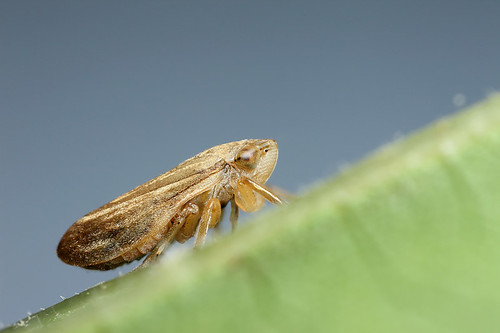 They can jump 70 times their own body height. They’re the 2nd highest jumper among animals compared to body size.
They can jump 70 times their own body height. They’re the 2nd highest jumper among animals compared to body size.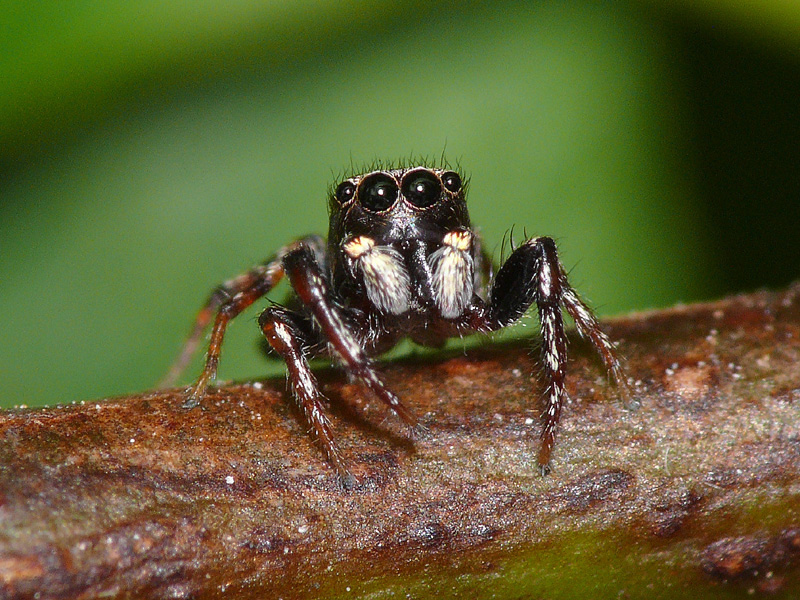 They can jump 100 times their own body length. Imagine a person who can jump as long as 2 jumbo jets.
They can jump 100 times their own body length. Imagine a person who can jump as long as 2 jumbo jets.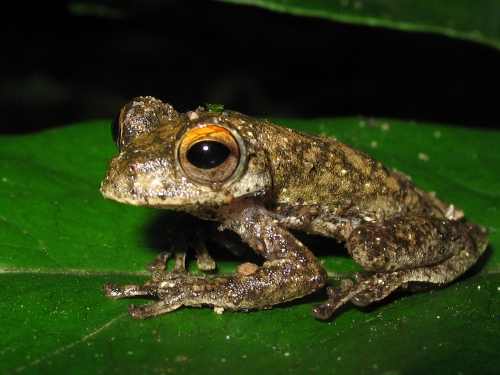 They can jump 150 times their own body length. Imagine a person who can
jump as long as RMS Titanic. They are 2nd longest jumper among animals
compared to body size.
They can jump 150 times their own body length. Imagine a person who can
jump as long as RMS Titanic. They are 2nd longest jumper among animals
compared to body size.